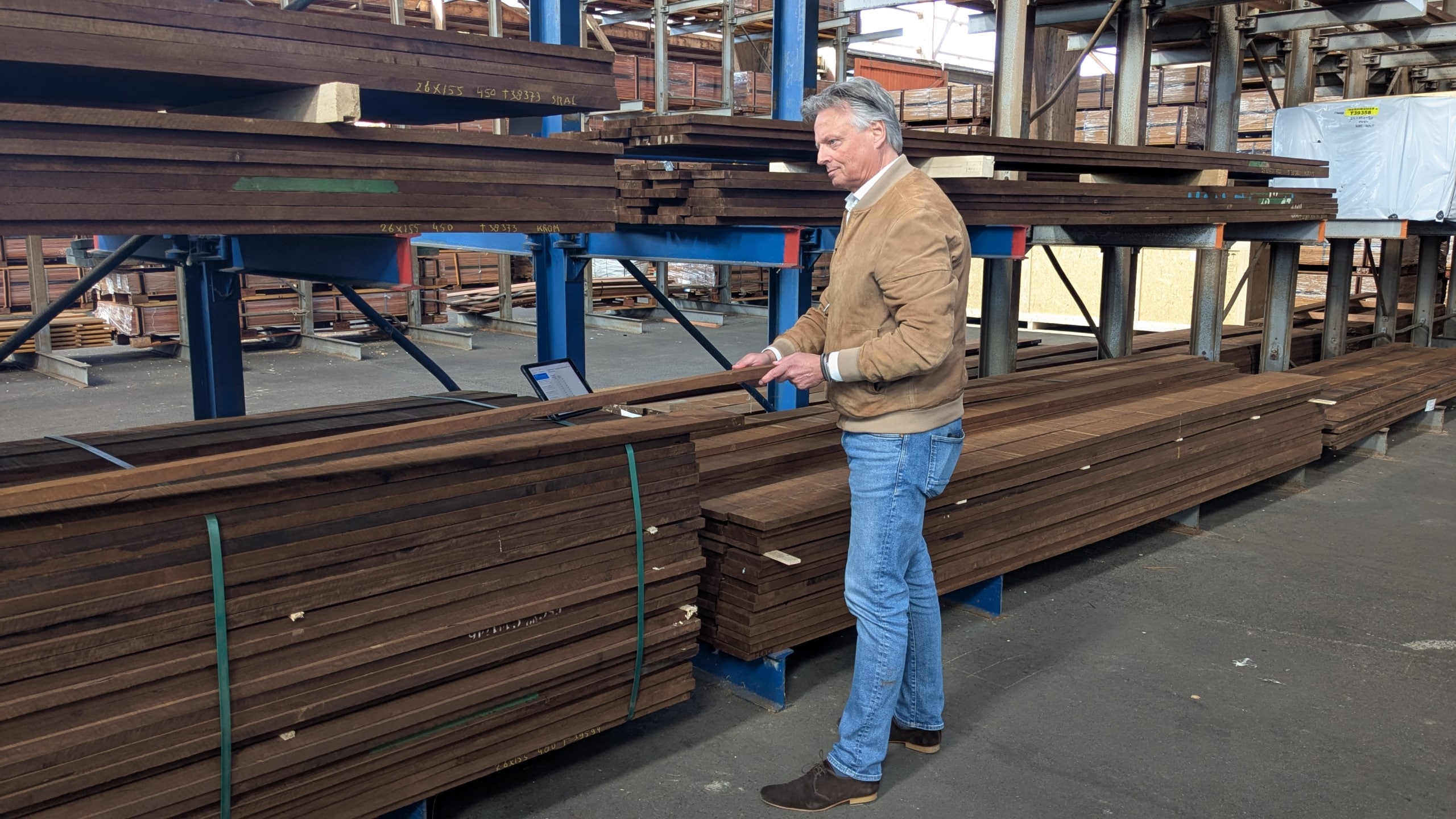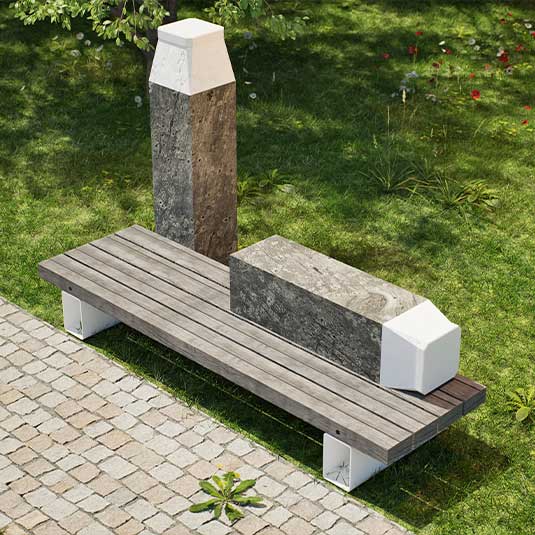User classes and their characteristics
The European standard (NEN-EN 335) defines five use classes for wood and wood products. This is to tell where and what it can be used for. Often a type of wood falls into different use classes because of the different applications it is used for.
Usage class 1: Indoor, dry
Wood in this class is used exclusively indoors, where it is not exposed to moisture. Examples include furniture, interior doors and floors. The risk of mould infestation is minimal in this class.
Usage class 2: Indoor, occasional moisture
Wood in this class is also mainly used indoors, but can occasionally come into contact with moisture, for example through condensation. Think of roof constructions or joists in buildings where some moisture occurs.
Usage class 3: Outdoors, exposed to the elements
This wood is used outside and is exposed to weather influences. A distinction is made between:
- Usage class 3.1: Wood that is used above ground and does not become permanently wet, such as cladding.
- Usage class 3.2: Wood that regularly gets wet, for example in pergolas or garden wood.
Usage class 4: Contact with soil or water
Wood in this class has direct contact with the ground or fresh water, which means it has a high risk of being attacked by fungi and insects. Examples include decking, fences and posts. Often impregnated or naturally sustainable wood is used for this.
Usage class 5: Contact with salt water
This class includes wood that is in permanent contact with seawater, such as jetties and harbour structures. This wood must be extremely durable to withstand the harsh conditions.






